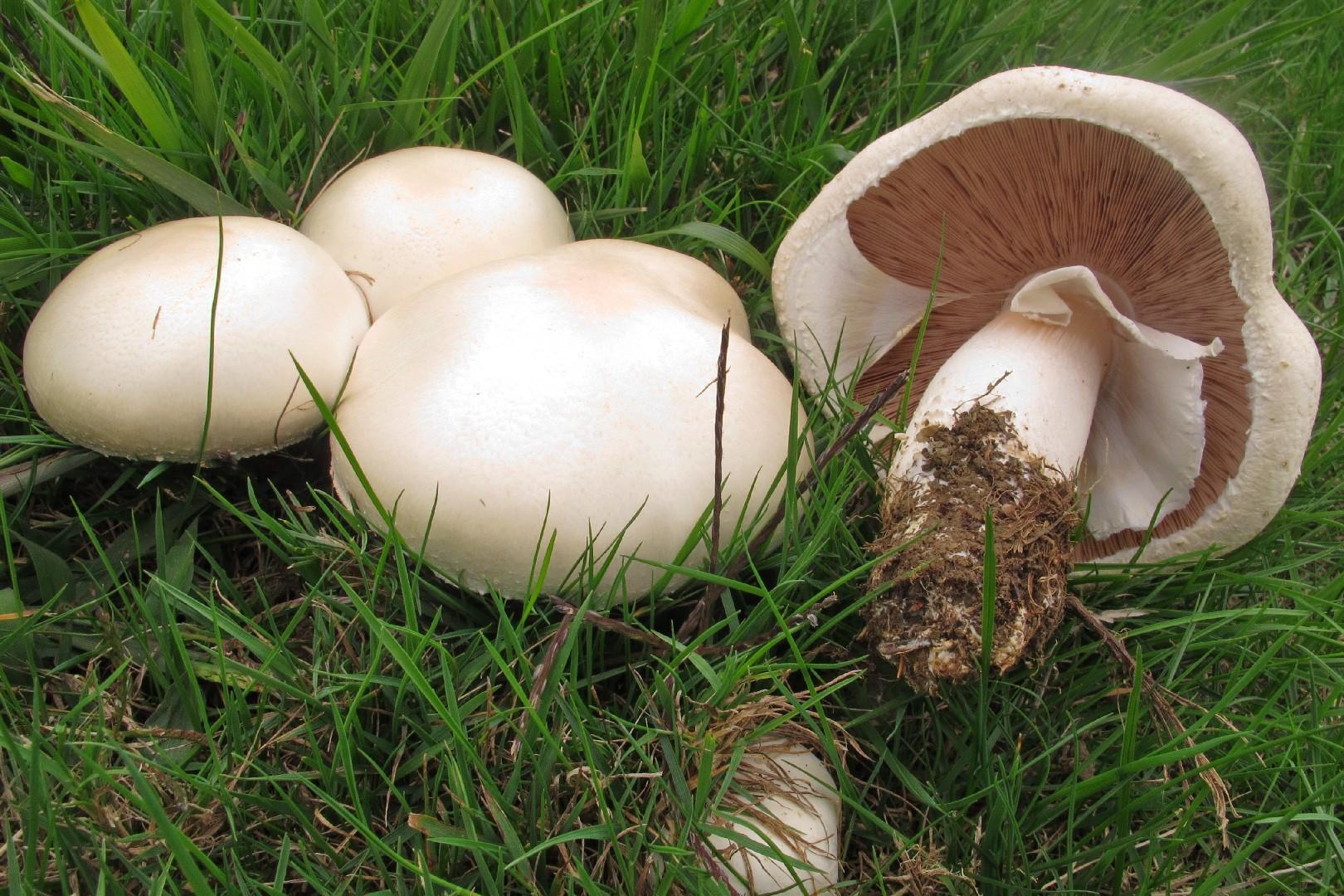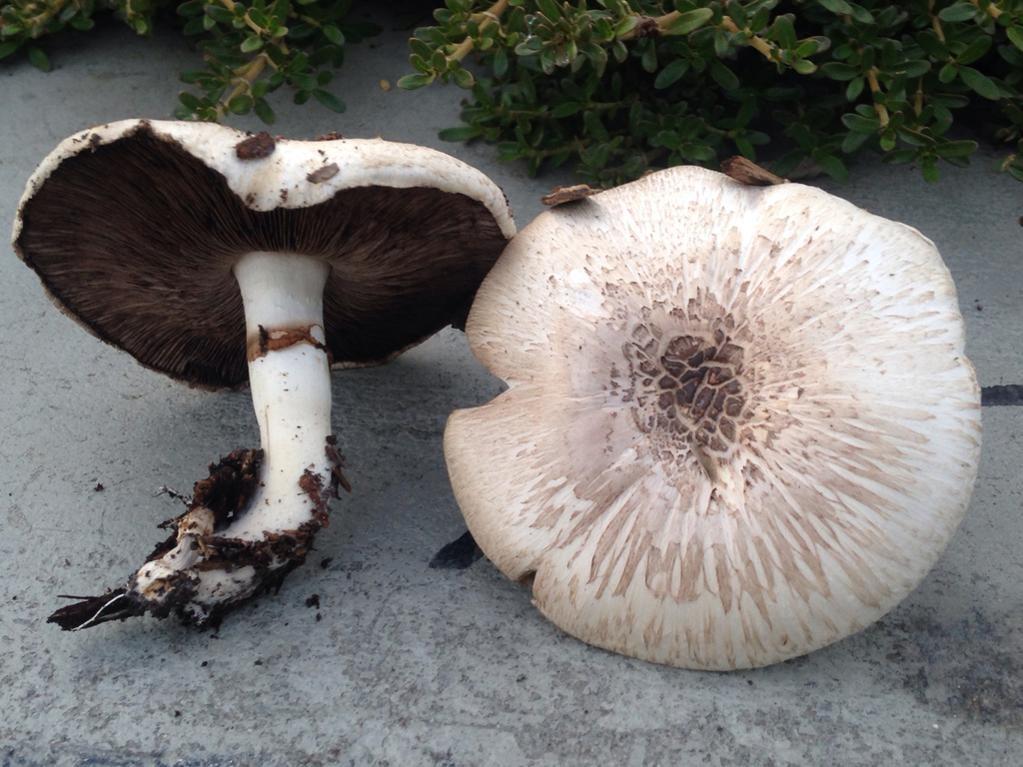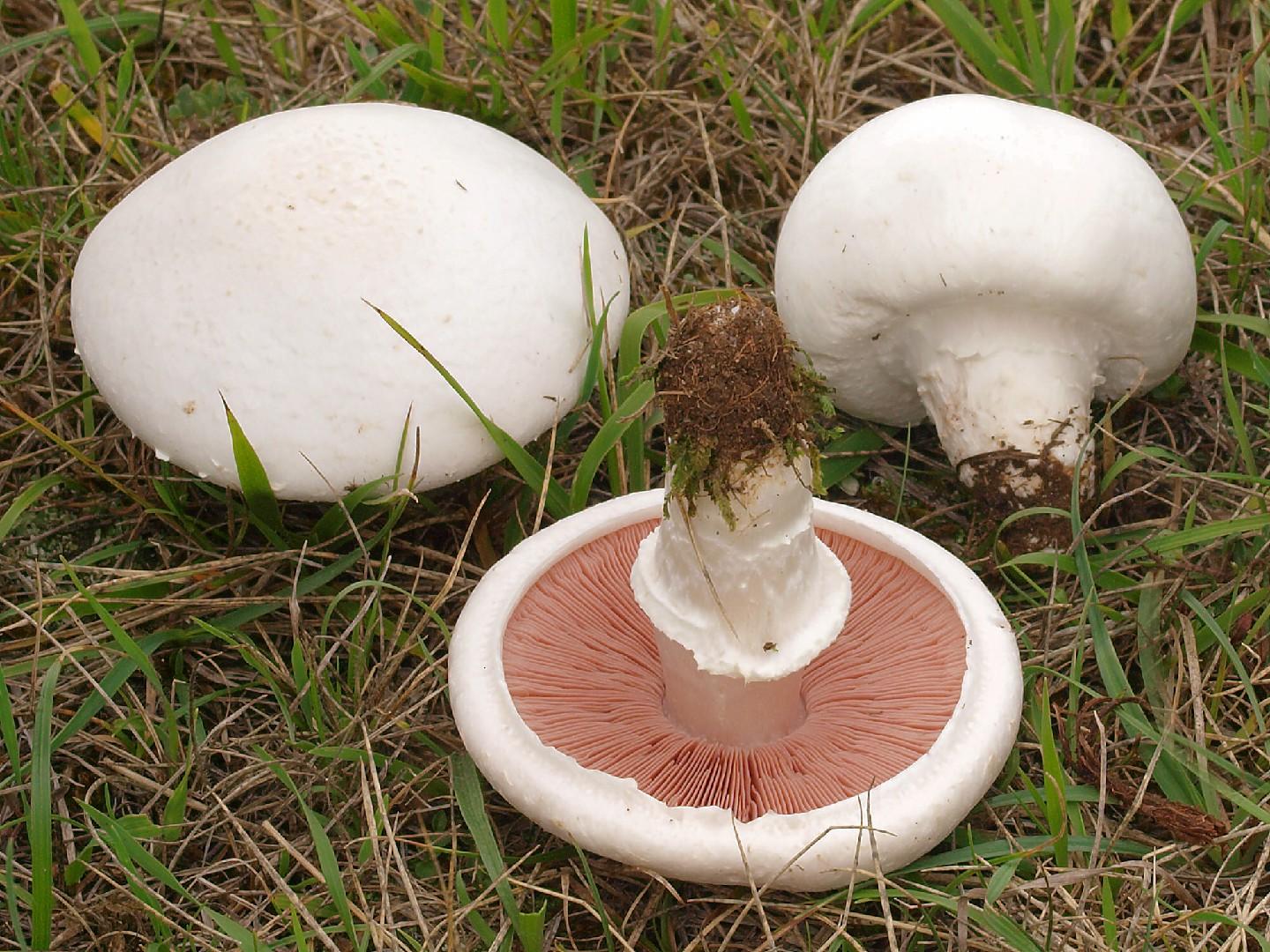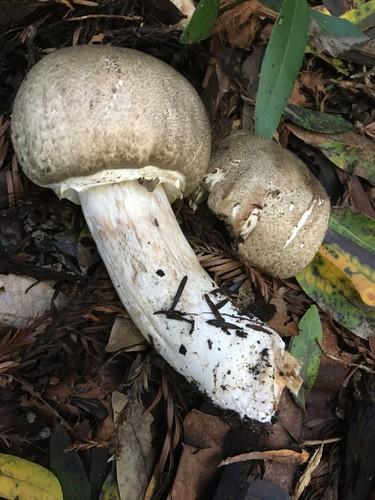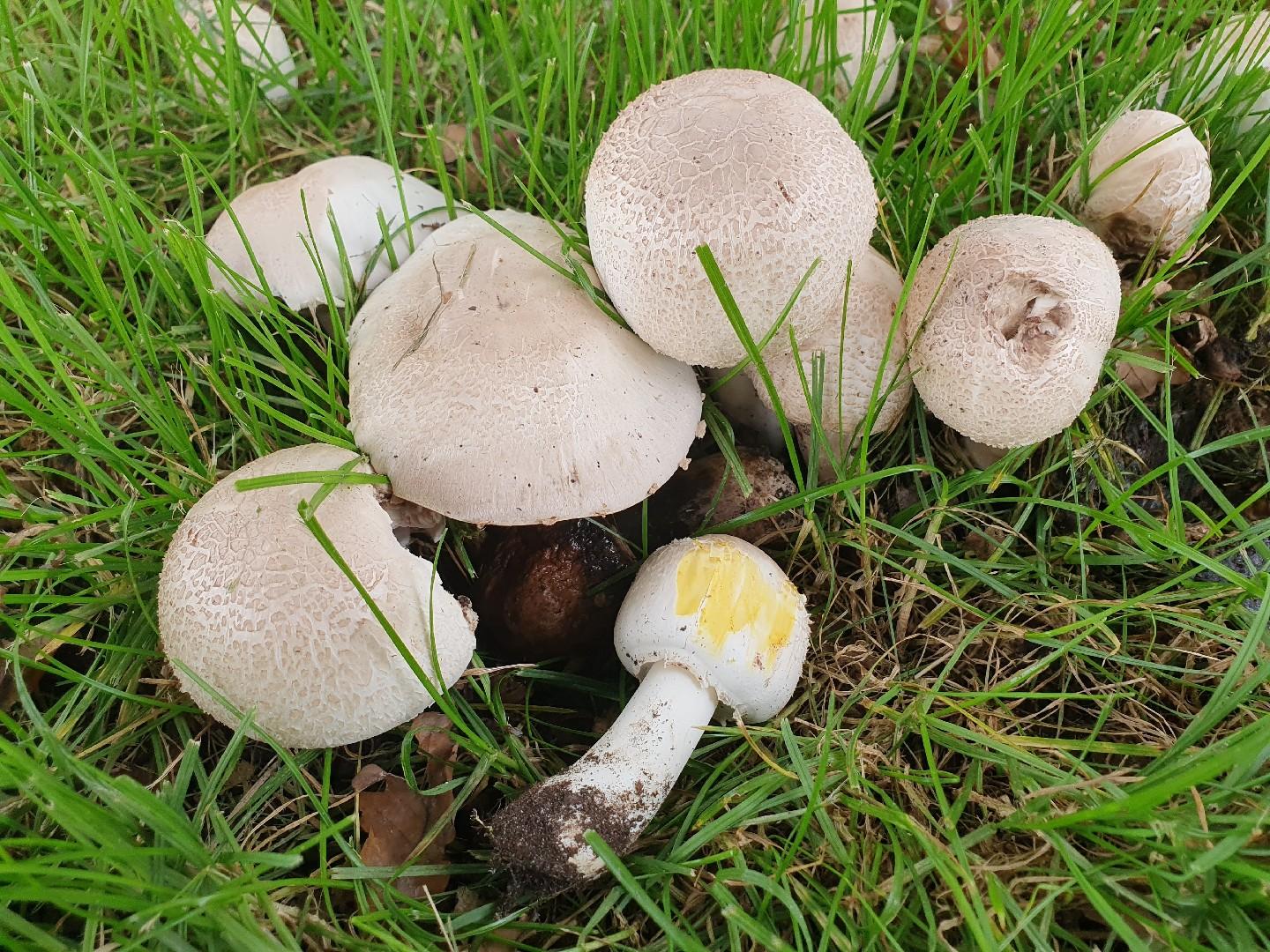

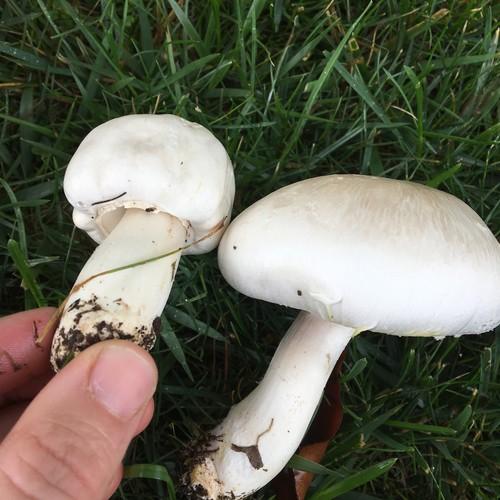
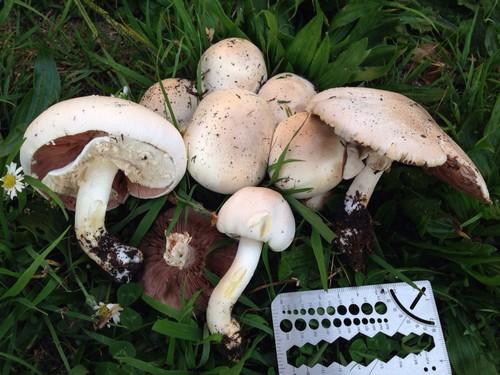
Yellow stainer
Agaricus xanthodermus
A species of Agaricus. Also known as Yellowing staining agaricus.
The yellow stainer mushroom is found throughout North America and Europe, and has also been introduced to Australia. A key characteristic that sets it apart from other common white mushrooms is the vivid chrome yellow hue it develops when damaged. This mushroom is recognized as toxic, inducing symptoms such as abdominal cramps, nausea, and vomiting. Regrettably, it is frequently consumed by mistake due to its resemblance to several edible white mushroom varieties.
Attributes of Yellow stainer
Scientific Classification of Yellow stainer
Toxicity and Edibility of Yellow stainer
Is Yellow stainer Toxic?
The yellow stainer mushroom is frequently found in gardens, compost piles, and wooded areas from late summer through autumn. It's easily identified by a distinct yellow stain at the bottom of its stem. Ingesting this mushroom can lead to various health issues, including stomach upset, dizziness, blurred vision, and problems with blood flow. Exercise caution, as it bears a resemblance to edible mushrooms from the Agaricus genus, yet it is poisonous if eaten.
